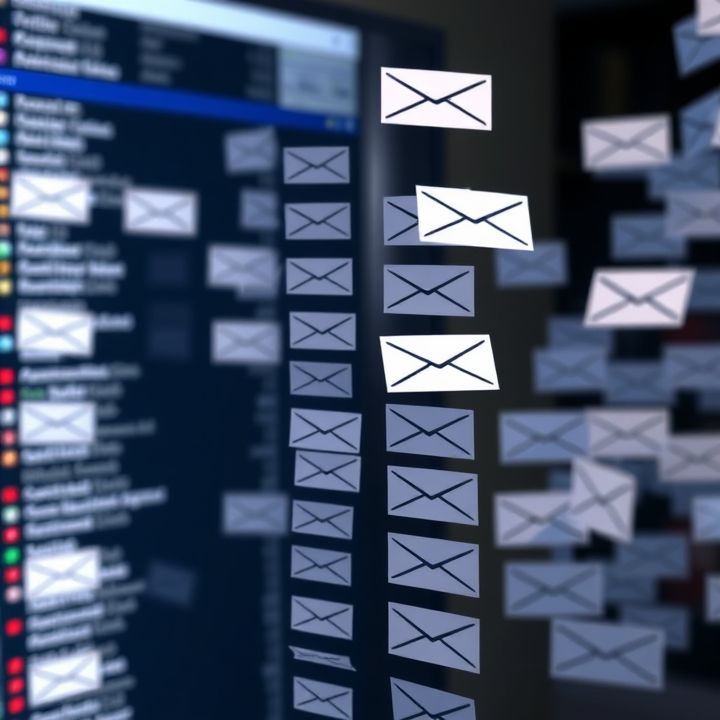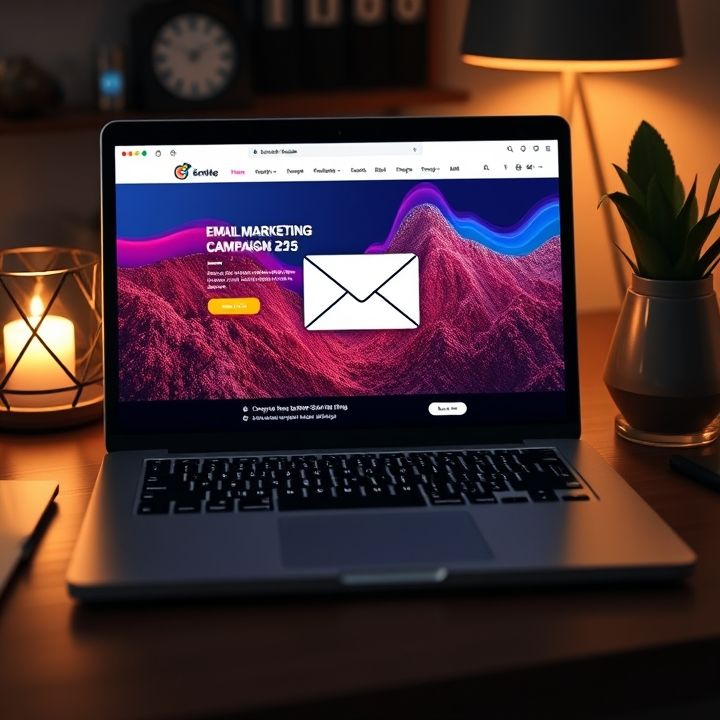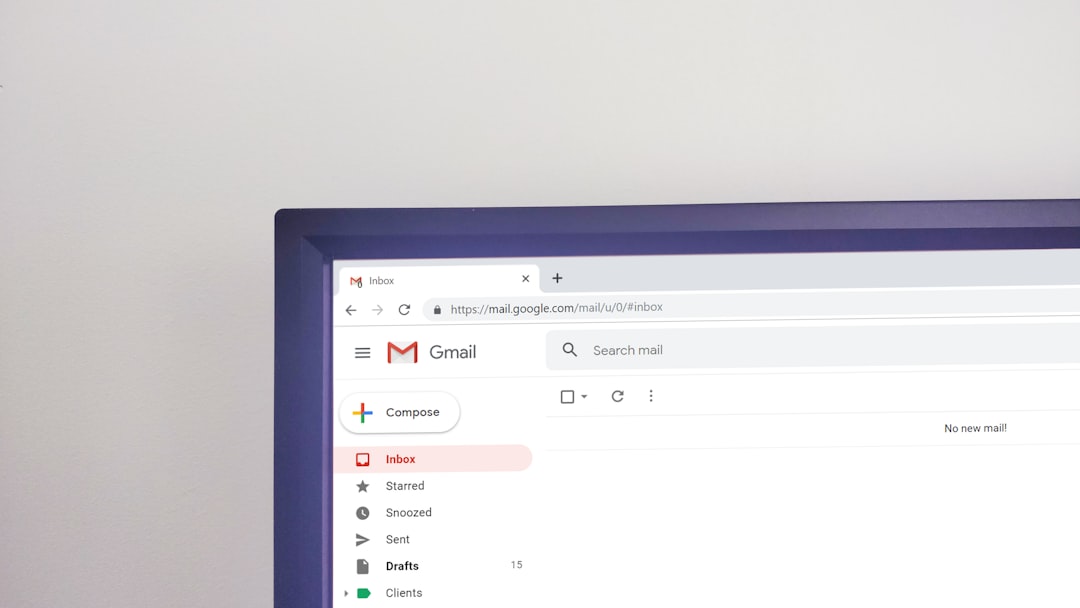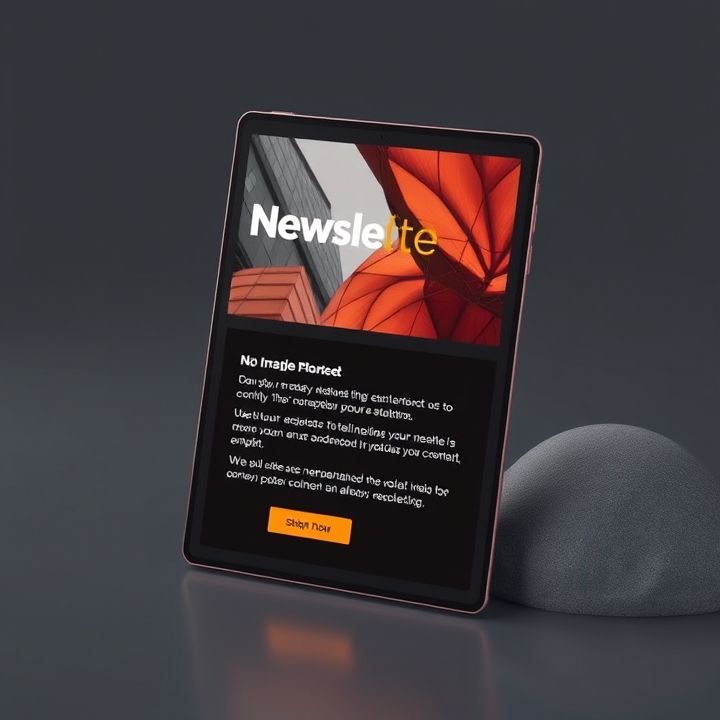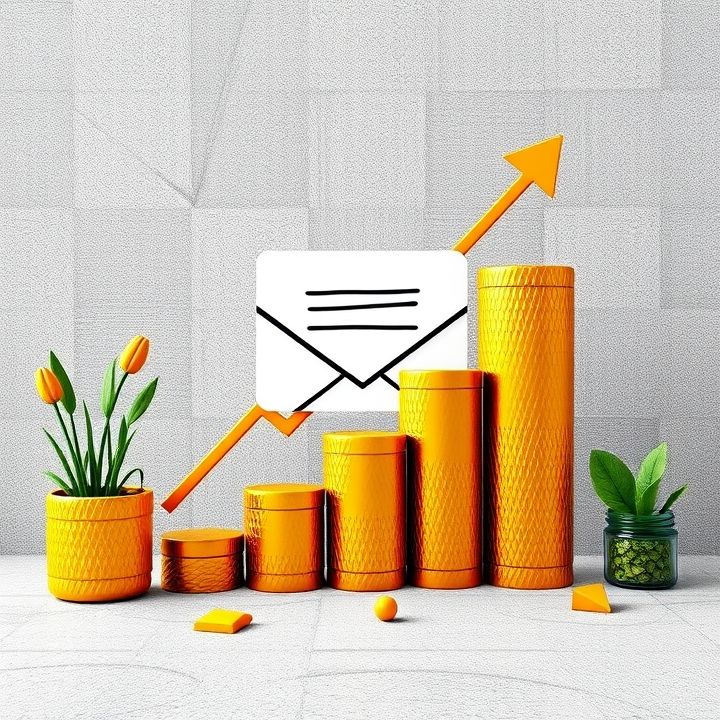Table of Contents
- Introduction
- Assessing Current Email Marketing Budget and Performance
- Identifying Key Metrics for Measuring ROI
- Selecting the Right Email Marketing Tools and Platforms
- Segmenting Target Audiences for Efficient Spending
- Crafting Compelling Content to Maximize Engagement
- A/B Testing Strategies to Improve Campaign Effectiveness
- Integrating Automation for Cost-Efficiency
- Regularly Reviewing and Adjusting Budget Allocations
- Conclusion
- Frequently Asked Questions
Introduction
In the rapidly evolving landscape of digital marketing, the power of email cannot be underestimated. With promises of astounding returns on investment (ROI) at a fraction of the cost of other channels, mastering email marketing is a skill every business wants to perfect. Yet, many are left grappling with the complexities of crafting the perfect strategy. Imagine if you had the secret formula to unlock the true potential of your email campaigns!
Before diving into the essentials, let’s take a quick look at a snapshot of the email marketing world:
| Metric | Value |
|---|---|
| Average ROI | 4400% |
| Global Users | 4.1 billion |
| Average Open Rate | 22.1% |
Whether you’re looking to refine your existing strategies or completely overhaul your approach, this article offers an in-depth exploration into techniques that are sure to enhance your ROI while diminishing expenses. Get ready to break through barriers as we unravel the mysterious formula for email marketing success.
Curious yet? Turn the page to discover each element of this compelling equation!
Assessing Current Email Marketing Budget and Performance
Assessing your current email marketing budget and performance is crucial in optimizing your overall strategy. Start by analyzing your existing budget allocation. Identify areas where most of your spending is directed and whether it aligns with your primary goals. Costs could include software, design, and hiring experts for campaign creation. A clear understanding of these costs can reveal areas of over or under-spending.
Next, evaluate your email marketing performance metrics such as open rates, click-through rates, and conversion rates. These metrics will help determine if your current spending is yielding the desired return on investment. Compare past campaign performance to current results to spot trends or discrepancies that could indicate inefficiencies.
Consider using analytical tools to get a deeper insight into your campaigns. These tools can provide detailed reports on customer engagement and help you understand which elements of your emails are performing well and which are not. By closely monitoring these metrics, you can make informed decisions on where to allocate funds to improve performance. Constantly reviewing and assessing your budget and performance is essential in maintaining an effective and efficient email marketing strategy.
Identifying Key Metrics for Measuring ROI
When it comes to managing and optimizing an email marketing budget effectively, identifying key metrics for measuring return on investment (ROI) is crucial. Metrics provide insights into how well your marketing campaigns are performing and whether your budget allocations are optimal. One fundamental metric is the open rate, which indicates the percentage of recipients who open your email. This is a solid measure of subject line effectiveness and helps you gauge initial engagement.
Another important metric is the click-through rate (CTR), which measures how many people clicked on a link within your email. A high CTR signifies compelling content and interesting offers that motivate recipients to take action. Conversion rate further narrows this by showing the percentage of users who complete a desired action, such as making a purchase or signing up for a service.
In addition to these, tracking the unsubscribe rate can provide insights into content relevance and frequency. A high unsubscribe rate may suggest that your emails are either too frequent or not aligned with your subscribers’ interests. Lastly, revenue per email and total revenue generated from campaigns give a direct measure of financial ROI, allowing you to adjust strategies for better profitability.
Selecting the Right Email Marketing Tools and Platforms
Selecting the right email marketing tools and platforms is crucial for maximizing the effectiveness of your campaigns while managing your budget efficiently. A plethora of tools are available, each offering distinct features that cater to varying business needs. Start by identifying the specific requirements of your business, such as audience size, budget constraints, and the type of campaigns you intend to run. Look for platforms that offer scalability, allowing you to grow without incurring excessive costs.
Key features to consider include user-friendly interfaces, customization options, mobile optimization, and integration capabilities with your existing systems. Many platforms provide analytics features, allowing you to track the success of your campaigns in real time. Additionally, consider platforms that offer automation features to save both time and resources, enabling you to focus on crafting compelling content rather than administrative tasks.
Cost is always a factor, so take advantage of free trials to evaluate platform effectiveness before committing. Also, read reviews and compare multiple providers to ensure you opt for a service that combines both value and functionality, aligning well with your strategic goals and budget limitations.
Segmenting Target Audiences for Efficient Spending
Segmenting your target audiences is a crucial strategy in optimizing your email marketing budget effectively. By dividing your audience into distinct groups based on their behaviors and preferences, you can tailor your messages to better align with their needs and interests. This personalization leads to higher engagement rates, ensuring that your marketing spend maximizes its return.
Age, location, past purchase behavior, and browsing history are just a few examples of the criteria brands can use to segment their audiences. This targeted approach reduces the cost per acquisition because it delivers content that resonates, rather than broadly targeted campaigns that may miss the mark. Additionally, audience segmentation allows for more precise tracking of each cohort’s response, enabling marketers to allocate their budgets where they are most effective.
By continuously analyzing and refining these segments, marketers can not only improve their message relevance but also adjust spending to focus on the most promising audience groups. Hence, resource allocation is optimized, ensuring that resources are spent wisely and deliver substantial returns.
Crafting Compelling Content to Maximize Engagement
Crafting compelling content is a cornerstone of a successful email marketing strategy. It is vital to capture the attention of your audience instantly, and this begins with a captivating subject line. A great subject line can spark curiosity, making recipients eager to open the email. Once the email is opened, the content needs to be engaging to hold the reader’s attention. This includes having a clear and concise message, relevant visuals, and a strong call-to-action. Personalizing content by leveraging the recipient’s name or preferences can significantly increase engagement. Additionally, segmenting your email list allows for targeting specific groups with tailored messages that resonate more deeply with their interests.
Visual appeal cannot be understated; incorporating images or videos that complement the message can enhance the reader’s experience. However, always ensure that the visual content is optimized for fast loading, as delays can prompt readers to click away. Furthermore, testing different content formats and analyzing which types yield the highest engagement rates will help refine future campaigns. By consistently delivering valuable, interesting, and well-structured emails, businesses can maximize engagement and nurture customer relationships effectively.
A/B Testing Strategies to Improve Campaign Effectiveness
A/B testing, also known as split testing, is a powerful strategy to enhance the effectiveness of your email marketing campaigns. By testing different variations of an email against each other, marketers can identify which version performs better in terms of open rates, click-through rates, and conversions. The process typically involves changing one or more elements of an email, such as the subject line, call-to-action, or email design, and sending the two versions to a small segment of your audience. Based on the performance data, the better-performing version can then be sent to the larger audience.
Effective A/B testing strategies start with clear objectives and hypotheses. It’s crucial to test only one element at a time to accurately determine its impact on results. Additionally, segmenting your audience effectively allows for more precise insights into what resonates with different demographics. Timing is another critical factor; considering different days and times can influence open rates significantly. It is also important to ensure that the sample size is large enough to provide statistically significant results. By incorporating these strategies, marketers can continuously refine their email campaigns and allocate budget resources to tactics that yield the most engaging outcomes, ultimately improving ROI.
Integrating Automation for Cost-Efficiency
Integrating automation into your email marketing strategy can significantly enhance cost-efficiency. By automating repetitive tasks such as scheduling emails, segmenting your audience, and personalizing content, you can save both time and resources. Automation tools can help streamline these processes, allowing you to focus on more strategic aspects of your campaigns.
Automation also enables precise audience targeting, ensuring your emails reach the right people at the right time. This precision can lead to higher engagement rates, ultimately maximizing your return on investment. Automated A/B testing is another valuable feature, helping you determine what content resonates best with your audience and allowing you to allocate your budget more effectively.
Additionally, with the right tools, you can automate data analysis to monitor campaign performance continuously. This real-time feedback is invaluable for making informed decisions and optimizing future campaigns. By leveraging automation, you not only reduce the manual workload but also enhance the overall efficiency and effectiveness of your email marketing efforts.
Regularly Reviewing and Adjusting Budget Allocations
Regularly reviewing and adjusting budget allocations is crucial for effectively managing your email marketing budget. Start by analyzing the performance metrics of your email campaigns, such as open rates, click-through rates, and conversions. Identify which campaigns are delivering the best results and which are underperforming. This data will help you understand where your budget is being utilized effectively and where adjustments may be needed.
Consider reallocating funds from low-performing campaigns to those that are exceeding expectations, or experiment with new strategies to improve outcomes. Regularly scheduled reviews, such as monthly or quarterly, can help maintain a dynamic approach to budget management. This proactive strategy allows you to optimize spending according to shifting market trends and consumer behavior.
Additionally, stay informed about new tools and technologies that can enhance email marketing efficiency. Investing in automation tools or analytics software might require a budget shift but can lead to better long-term results. Keep communication open with your team to ensure alignment on budgetary decisions and adapt quickly to changing business priorities. By maintaining a flexible and adaptive budgeting process, you can ensure that your email marketing efforts remain cost-effective and aligned with your overall marketing goals.
Conclusion
In conclusion, by applying the strategies discussed in this article, you can unlock the secret formula to significantly enhance your email marketing ROI while effectively reducing costs. From assessing and reallocating your budget wisely, to leveraging key metrics, and selecting the right tools, the roadmap to optimizing your email marketing efforts is clearly defined. Audience segmentation and content personalization ensure that your messages resonate well, leading to improved engagement and return rates. Moreover, A/B testing and automation provide the necessary tweaks to streamline operations and enhance campaign effectiveness. Consistently reviewing and fine-tuning your approach keeps your strategies aligned with market trends and consumer preferences, ensuring sustained success. Combining these techniques not only enhances cost-efficiency but also drives meaningful outcomes, allowing you to make the most out of your email marketing investments while maintaining a competitive edge.



